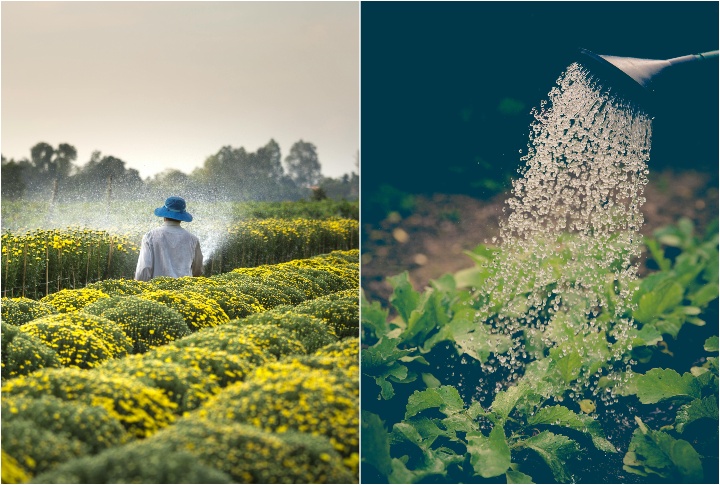
Keeping a green lawn makes many people happy. However, a study by NASA and the National Oceanic and Atmospheric Administration shows that taking care of your grass can use up to 75% of your home’s water. Thankfully, there are simple ways to keep your lawn healthy while saving water.
Smart Irrigation Systems Save Time and Water
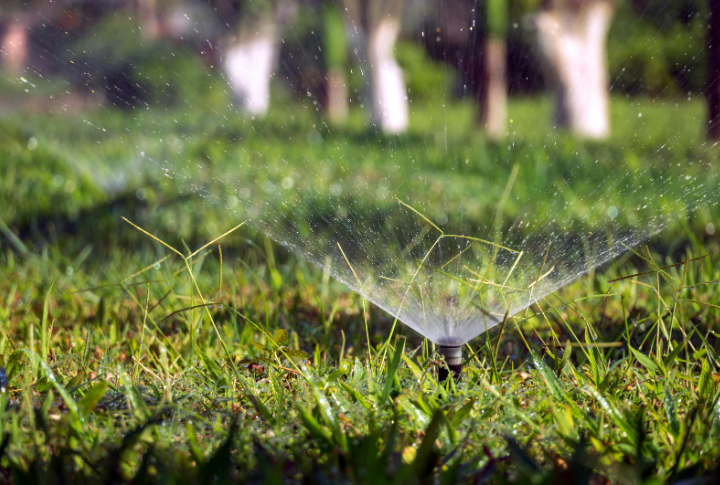
A smart irrigation system knows when your lawn needs water and turns it on by itself. It can even stop when it rains, so you never waste water. It makes life easier by keeping your lawn healthy without you having to run outside to check the sprinklers.
Early Morning Watering is the Best

Watering your lawn early in the morning is one of the best habits to develop. Water can soak into the soil when the air is cooler, helping the grass grow. This also prevents losing water to the heat of the day. Your lawn gets more, and your water bill stays low.
Mulch Locks Moisture in the Soil

Placing mulch around plants, trees, and garden beds helps the soil stay damp for longer. Mulch gives your yard a clean and tidy look while reducing the need for extra watering. It also blocks weeds from growing, which makes your yard easier to care for.
Choose Native Plants to Save Water
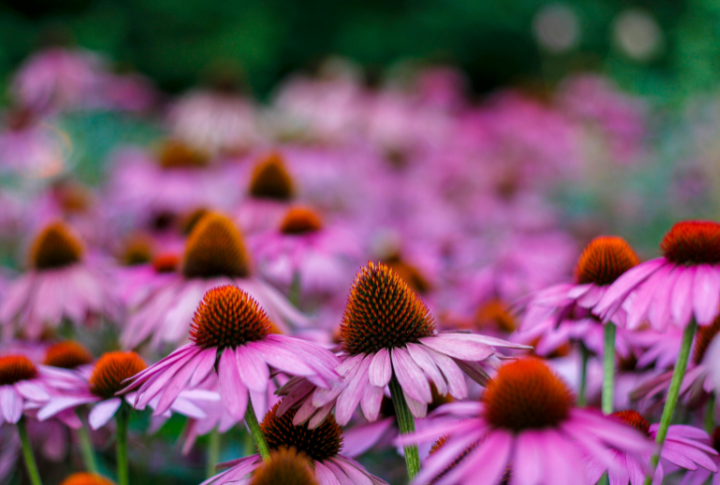
They grow well in your area and need less care since they’re used to the local weather. Once settled, they can grow mostly in the rain alone, which means less time for watering and more time for enjoying a lovely, easy-to-care-for green yard.
Mow High for a Healthier Lawn
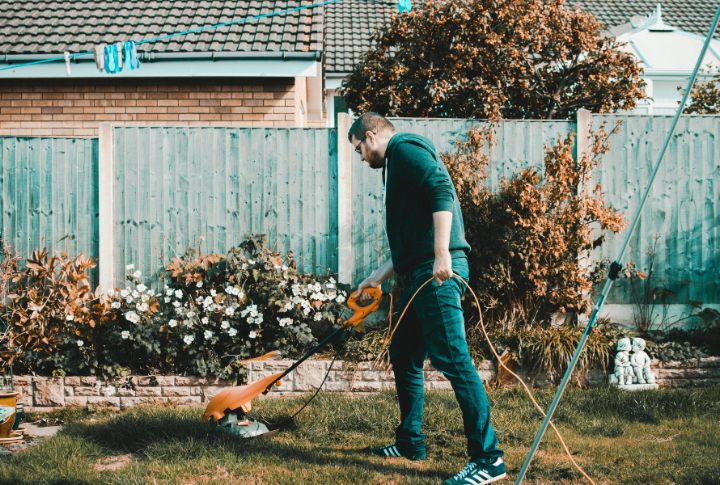
Cutting your lawn higher keeps the grass strong and healthy. Tall grasses shade the soil, keeping it cool and helping hold in moisture. Also, leaving grass clippings on the lawn puts nutrients back into the soil, making your grass greener without needing extra water or food.
Drip Irrigation Saves Water
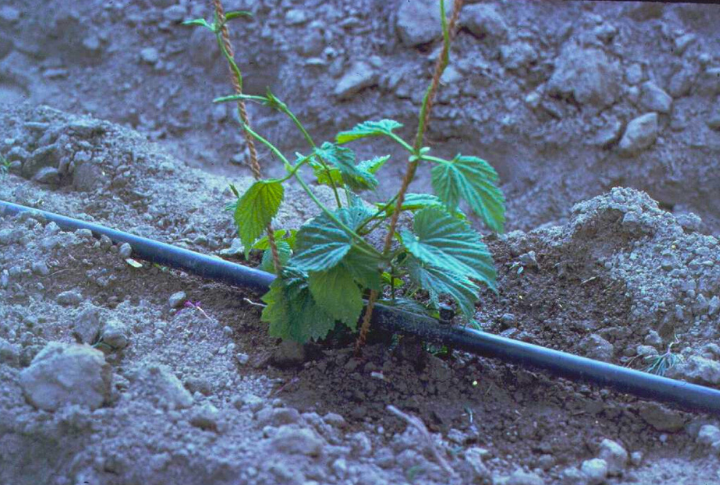
A drip irrigation system brings water straight to the roots of your plants. Unlike sprinklers that spray water everywhere, this method uses less water. It’s great for flower beds, vegetable gardens, or bushes because it gives plants exactly what they need without soaking the ground around them.
Collect Rainwater for Free Lawn Care
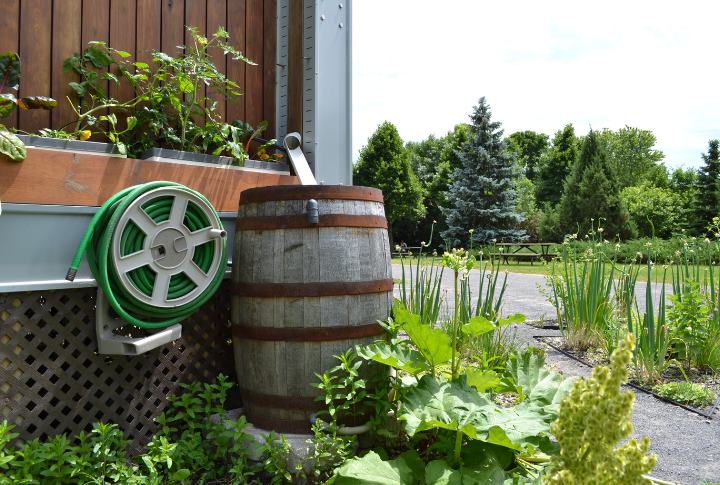
A useful resource you can get for free that will last you a long time. By placing rain barrels, you can hold water for later use. This is an easy way to water your lawn when it’s dry, saving you money and helping the earth at the same time.
Water Deeply, But Less Often
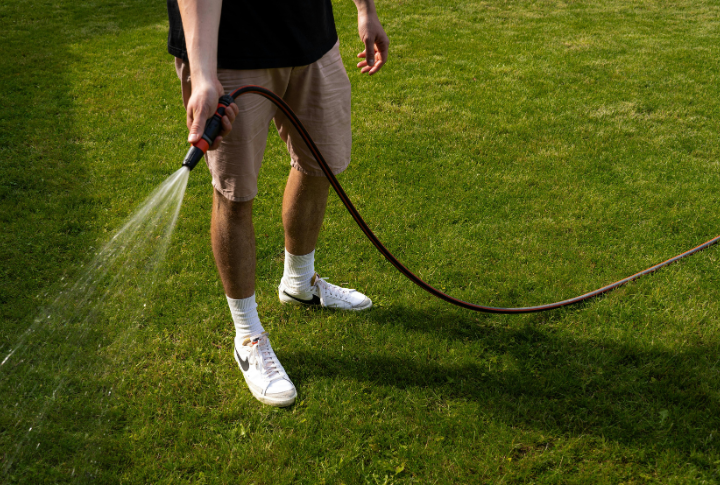
Schedule deep watering your lawn once or twice a week. This method helps the grass roots grow strong and deep, allowing the lawn to handle dry times better. Watering a little bit often weakens roots. Deep watering helps keep your grass green, even when you use less water.
Check Your Sprinklers for Leaks
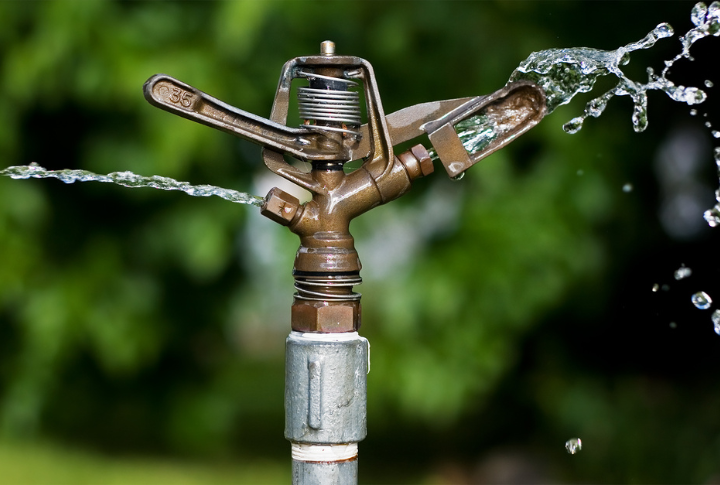
A tiny leak in your sprinkler can waste a lot of water over time. Look for broken or wrongly aimed sprinklers to make sure water isn’t splashing on sidewalks or driveways. Fixing leaks helps save water and keeps your grass healthy.
Collect and Use Greywater for Lawn Care
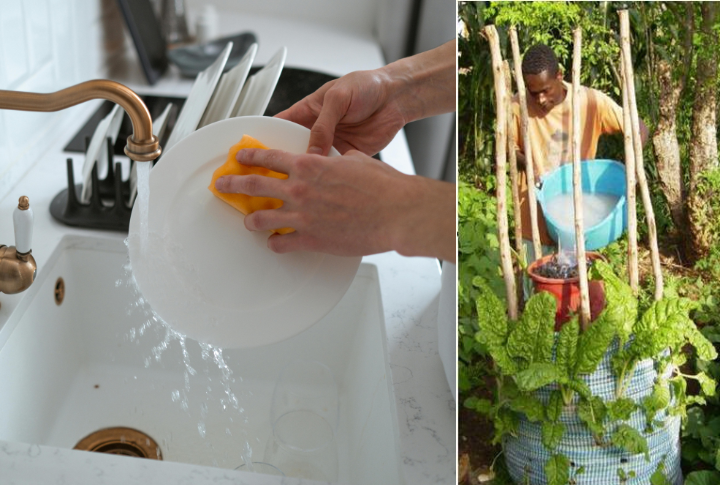
Instead of letting water from your sink, shower, or laundry go to waste, reuse it for your lawn. A greywater system filters out harmful particles so that the water is safe for your yard. The system stores greywater in a tank and distributes it through hoses or drip lines to spread water evenly across your lawn.
Adjust Watering Based on Weather
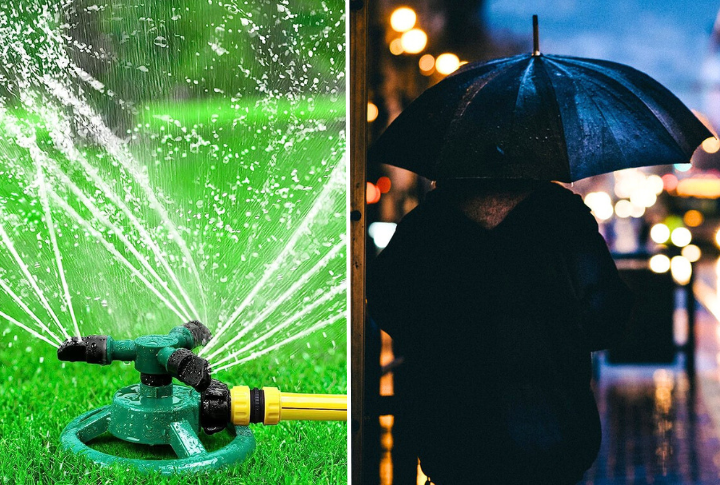
When it rains a lot, let your sprinklers rest. Many new watering systems have sensors that see rain and stop the sprinklers when rain is coming. Changing your watering plan based on the weather helps save water, especially when nature has already watered your lawn.
Soaker Hoses for Water Efficiency
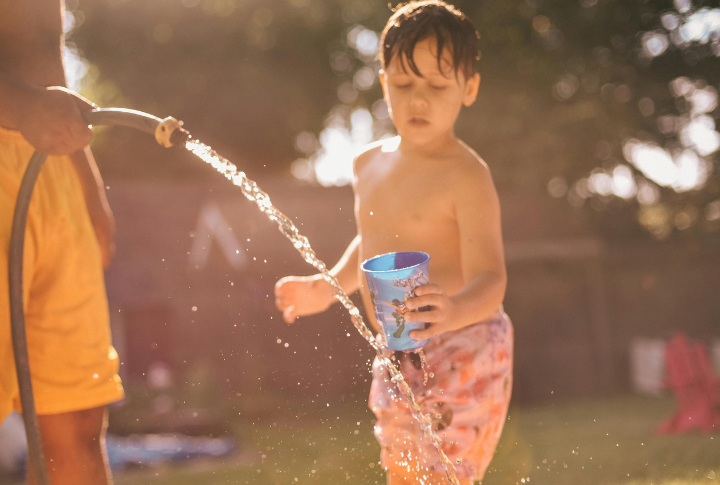
A soaker hose lets water flow slowly into the ground, helping plants drink deeply without losing water to the air. This is a good choice for flower beds and gardens, where water needs to reach the roots. Your plants stay healthy without wasting water.
Choose Water-Wise Plants
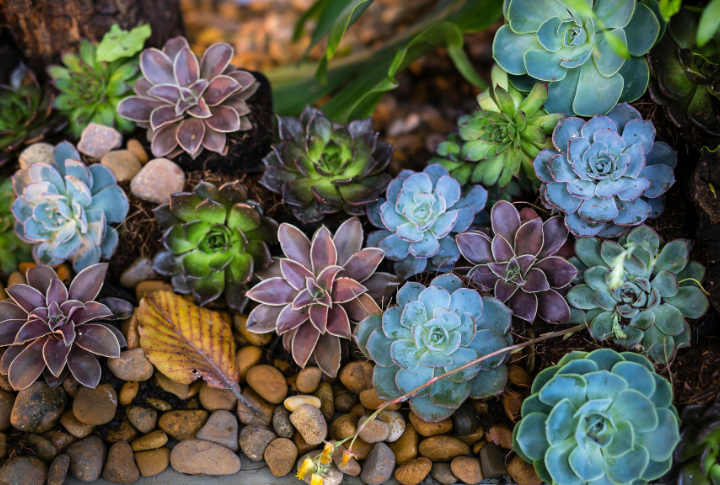
Some plants need less water, thus a great choice for a lawn. Just imagine what it would be like to have succulents, cacti, and some bushes grow in your garden. Adding these water-wise plants to your garden keeps it looking bright and healthy while using less water overall.
Avoid Watering During Peak Sunlight
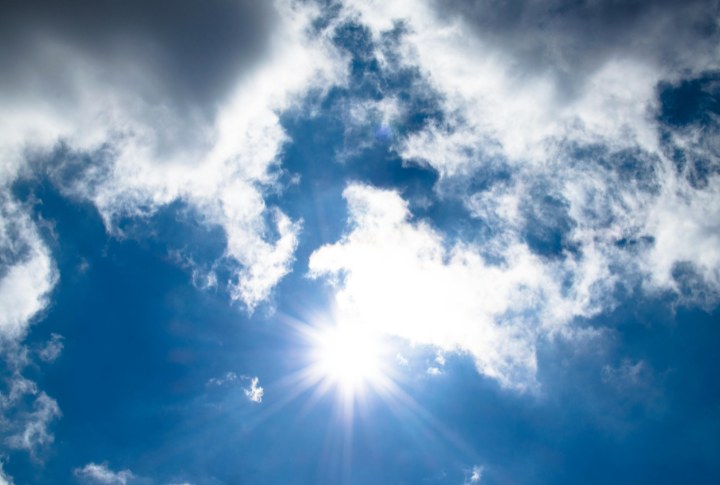
If you water your lawn in the middle of the day, when the sun is high, you waste a lot of water because it evaporates quickly. Watering early in the morning or later in the evening when it’s cooler helps the water soak into the soil and feeds your lawn better.
Audit Your Water Usage Regularly

Check how much water your lawn uses now and then. You might find leaks, excessive watering, or sprinklers in wastewater. By looking things over regularly, you’ll learn how to use less water and keep your lawn healthy with the right care.

